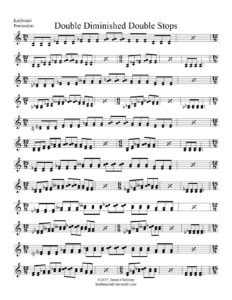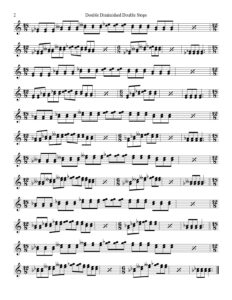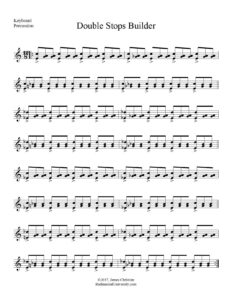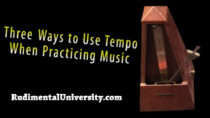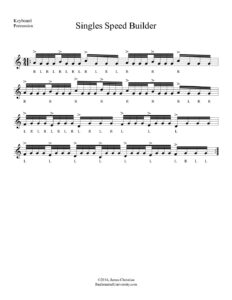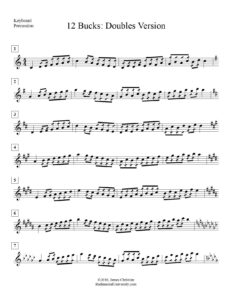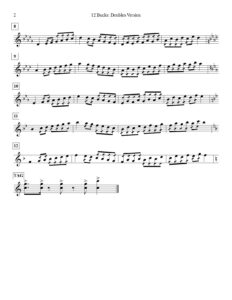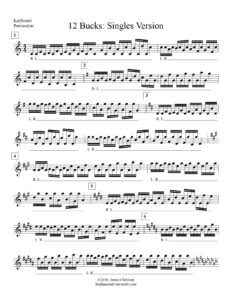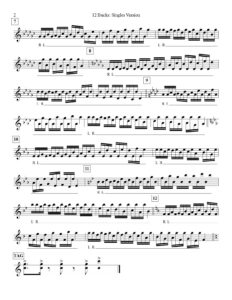Paradiddles abound in issue #4! Scroll down to read.
This is our summer issue, and it’s all about the paradiddles! As always, the music and articles are free to print and copy. (If you missed previous issues, you can read them here.)
In this issue, every article contains exercises—all centered around the paradiddle family—that can be played individually or as an entire drum line. If you practice diligently, you’ll find that these doing a great job of building your coordination and chops. These would be great for your entire section to practice during the summer.
Be sure to share this issue with students, percussion teachers, and anyone you know who might find it helpful. Enjoy!
Here is issue #4 of The Percussion Circle:
Read more “The Percussion Circle – Issue #4: All Paradiddle Issue!”






